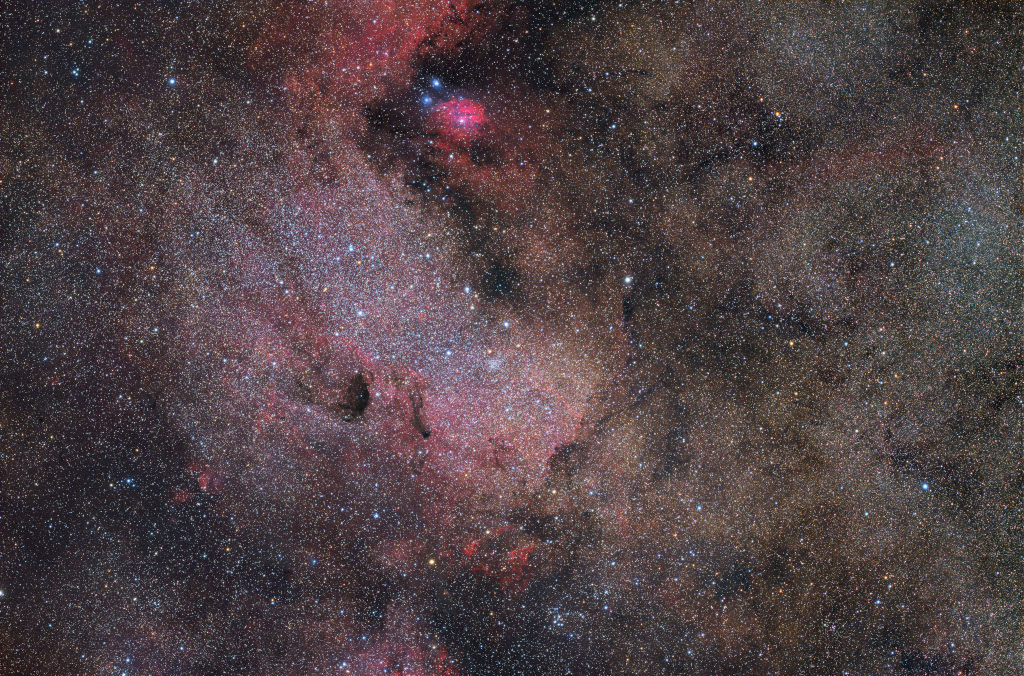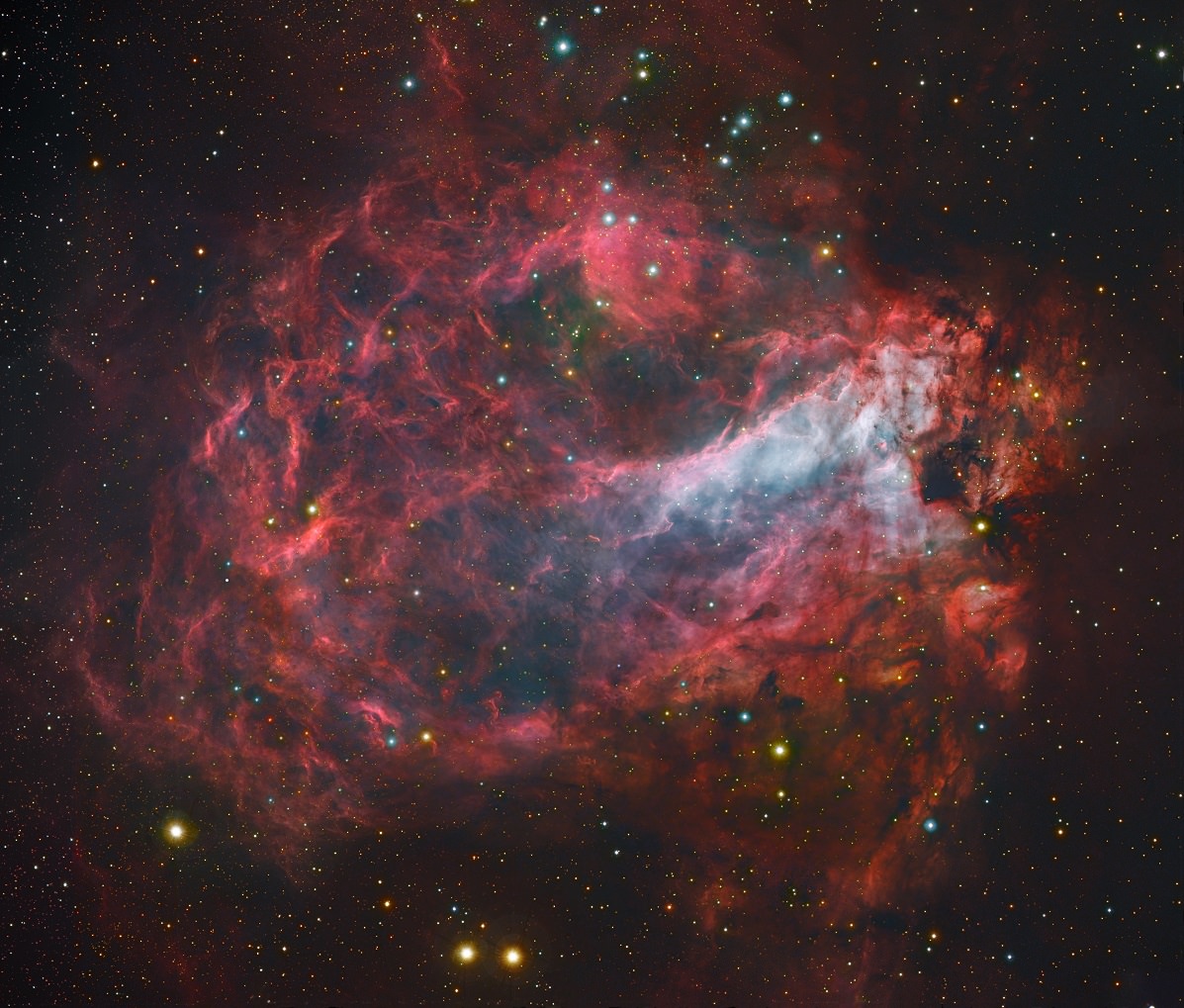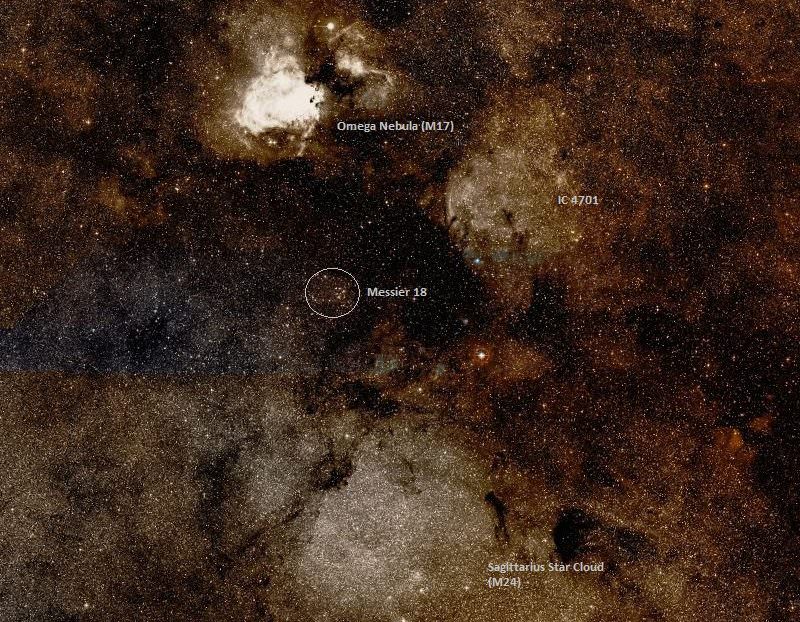Yes, that's beautiful!


M24 is the Small Sagittarius Star Cloud, which means that there also is a (large) Sagittarius Star Cloud.
Here you can see the Teapot of Sagittarius and globular cluster M22.
The large yellow patch at right is the (large) Sagittarius Star Cloud.
The bright pink blob at 2 o'clock is the Lagoon Nebula, and the elongated
bluish patch at top right is Messier 24. Credit: ESA, NASA & Akira Fujii
The APOD is "upside down", where south is up. Here (at left) is a picture of M24 where north is up.
There is an extended smooth blue population in M106. Credit:
NASA, ESA, the Hubble Heritage Team (STScI/AURA), and R. Gendler
The M24 region is the closest we get to a "smooth blue population of stars" in the Milky Way. To be smooth, an area must contain very large numbers of stars, and there can't be many stars bright enough to stand out from the crowd. We find smooth yellow populations in many galaxies and certainly in the Milky Way too, because all it takes is a rich population of old stars where there hasn't been any star formation in cosmologically recent times. But smooth blue populations are unusual. M24 is dominated by young blue stars, and there is at least one prominent O-type star there, and the region is so rich that it appears smooth.
The designation of the Small Sagittarius Star Cloud is M24, but M24 sometimes also refers to the cluster inside the star cloud:
Near top in the APOD, and near bottom if you switch the picture around so that north is up, is nebula IC 1284:
The central star of the pink nebula, HD 167815, is spectral class B1, only just hot enough to ionize a pink emission nebula. The two smaller blue nebulas are illuminated by slightly cooler stars of spectral class B.
Near bottom of the APOD is small bluish star cluster M18, and to the upper left of, there is a mysterious red nebula that I have never noticed before. It almost looks as if something exploded inside it, but probably not, because it doesn't look tattered enough to be a supernova remnant.
Small bluish cluster M18 near bottom right,
and mysterious red nebula to the upper left of it.
If anyone knows what that red nebula is called and what kind of nebula it is, I'd be grateful!
Finally, let's put things in perspective again. When you have located cluster M18, bright nebula M17 is not far away.
And that's all for me today!
Ann
 Messier 24: Sagittarius Star Cloud
Messier 24: Sagittarius Star Cloud




